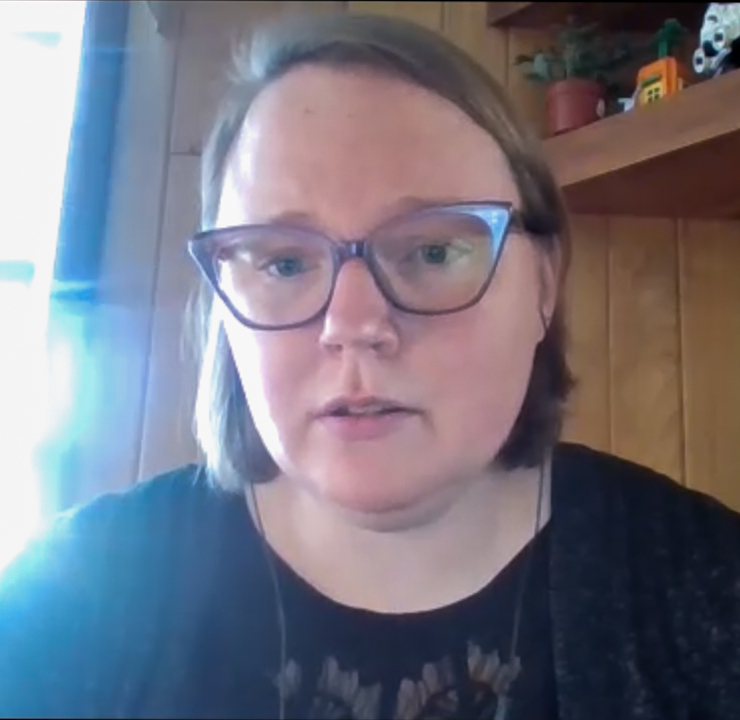Music credit: Billie Holiday and her Orchestra, 1939
By Kevin Mullet / NM News Port
The Tuskegee Institute has records of 3,436 lynchings of African Americans. Most of these were carried out between 1882 and 1950.
For many of these mob-driven killings, the lynchers invited or permitted professional photographers to record the event and promote it after the fact with picture postcards.
These postcards were sent around the country until a 1908 amendment to the Comstock Act to made it illegal to send them in the U.S. Mail. Afterward, they continued to be circulated concealed in envelopes.
The postcards depict the lynchings themselves or the scene immediately afterward. Some depict thousands of enthusiastic onlookers, usually including women and children.
A word of warning: this story contains explicit descriptions of murder, racism, and terror.
News Port’s Kevin Mullet spoke to Meghan Jordan, a Curatorial Associate at the George Eastman Museum in New York. Her master’s thesis, Lynching Photographs and Their Aftermath: The Overlay of the Gaze, explores lynching photography and its context.
Kevin Mullet: Meghan Jordan, what surprised you when you began researching lynching photography?

George Eastman Museum

NM News Port
Meghan Jordan: “So the photographs themselves are surprising. When I first learned of their existence, I was shocked. If that’s even… sort of… the right word for it.
In looking through Without Sanctuary (Without Sanctuary: Lynching Photography in America”)and spending a year studying the catalog and looking at the photographs over and over again, what really surprised me were the inscriptions on many of the postcards.
So the language that was used by individuals, they were purchasing these mass-produced photographs, and then they were personalizing them with even more hatred. For instance, there’s one phrase from a postcard in without sanctuary that I don’t think will ever leave my mind, or what the photograph was that it was paired with.
The photograph on the “recto,” which is the front of the postcard is a charred body hanging from a pole and then there’s a crowd in the background and there’s two men standing more to the front, posing with the body. And if you look down to the lower left, there’s kind of like a smear, like an ink smear, over someone’s head. On the “verso” of the postcard, it says ‘This is the barbecue we had last night. My picture is to the left with a cross over it. Your son, Joe. ‘ And that phrase, ‘this is the barbecue we had last night,’ just haunts me with this image.
So what surprised me the most was how these people could put even more hatred into these images and into these objects. “
…that phrase, ‘This is the barbecue we had last night,’ just haunts me
Meghan Jordan, George Eastman Museum
Jordan: “The lynching photography was definitely a way to spread white supremacy. In the later half of the nineteenth century, lynchings became these broadcasted spectacles. If they were a planned event, the date and time might be published in the newspaper, or spread by word of mouth. Children might get off from school, trains might take people to the town… Professional photographers definitely would be there. And then they would create these postcards that could be mailed to out-of-town family members that would spread the idea of white supremacy.”
Mullet: How should scholarship about lynching photography be approached while also being fair and respectful to the memory of the victims, their descendants, and even the descendants of the lynchers, who might likely have a completely different outlook than their ascendants?
Jordan: “There is a lot of debate in scholarship on whether images like this should be viewed, and I think it’s something that everyone has their own opinion on. And I think it’s something just to really think about: where you show these images in your research, where you share these images. I think that’s really important as a scholar. It’s definitely something to think about.”
Additional resources:
Read the Equal Justice Initiative’s report,
“Lynching in America: Confronting the Legacy of Racial Terror“
You can reach Kevin Mullet on Twitter as @kevin_mullet